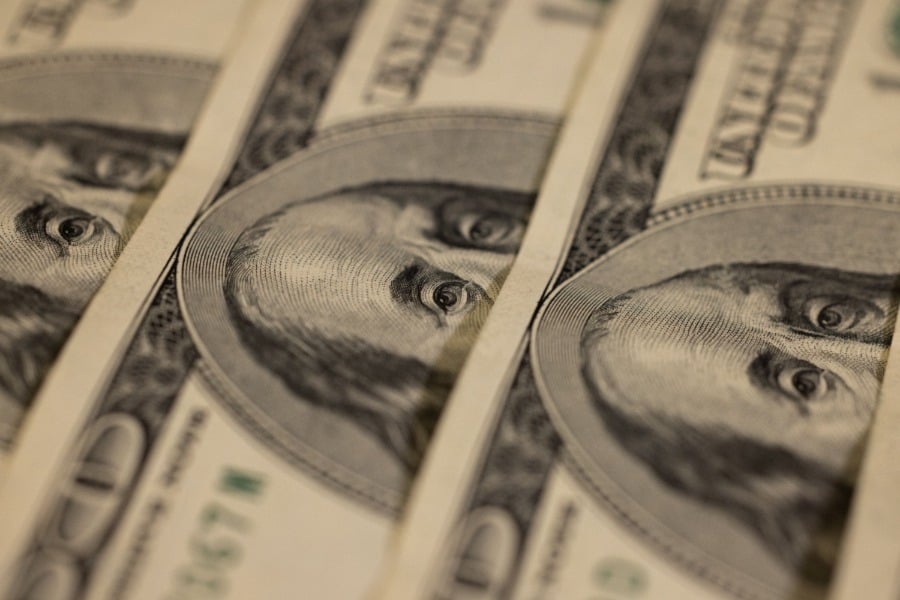Weird and Wonderful Minnesota

Everyone likes a good piece of trivia.
It’s a great conversation starter and a fun way to impress friends and family. Below, we’ve highlighted just a few of the many interesting facts and random stories about the great state of Minnesota.
Minnesota's Official State Symbols
Like many states, Minnesota has a list of official state symbols that represent our people, culture, history and natural surroundings. In total, 18 official symbols, ranging from the iconic to unusual, have been adopted in statutes since Minnesota became a state in 1858.
Minnesota State Seal & Motto
The first official state symbols were the state seal and state motto, which were adopted in 1858 and 1861 respectively. Minnesota’s first governor, Henry Sibley, led the design of the seal and chose the French motto, L’etoile du Nord, or “Star of the North.” Other early official state symbols were the Lady’s Slipper as the state flower in 1902, “Hail Minnesota!” as the state song in 1945 and the Norway Pine as the state tree in 1953. Our state flag, which evolved into our state seal on a sea of blue in 1983, has had three other versions since its first creation in 1893.
Minnesota State Bird & Fish
In the 1960s, the legislature confirmed two more beloved state symbols. The loon became the state bird in 1961, which has since become an icon in our state. The loon can be seen and heard in lakes across the state, and Minnesota United FC soccer games at Allianz Field (yes, it’s the team mascot). In 1965, the walleye became the first official fish of the state. The popular game fish can be found in lakes and rivers—and sandwiches—across Minnesota.
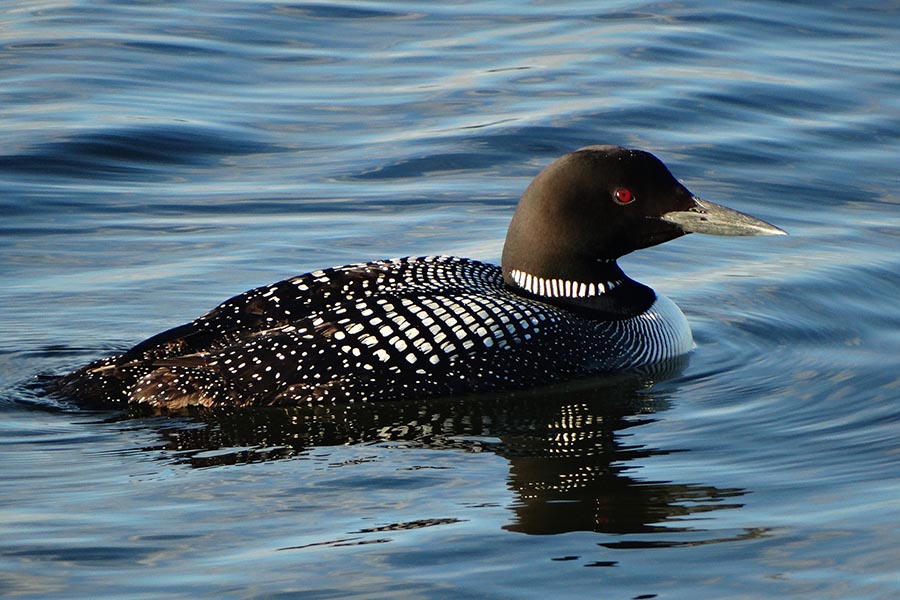
Official State Foods
The 1970s and 1980s brought us some of the lesser-known official state symbols, most of which happen to be consumables. In 1977, legislators confirmed wild rice as the official grain, and in 1984, chose milk as the official drink and morel as the official mushroom. Perhaps one of the more random official state symbols is the state muffin, the blueberry muffin, which became official in 1988.
The state added other official symbols in recent years, like the official photograph, “Grace,” chosen in 2002. (According to State Symbols USA, Minnesota is the only state to have an official state photograph.) There is also the official apple (honeycrisp, 2006), official sport (hockey, 2009) and official soil (Lester, 2012). There is no shortage of the things that represent our state, despite how unusual they may be.
For a link to the complete list official state symbols, check out this article online at AAA.com/LivePlayAAA.
Minnesota Mysteries
Kensington Runestone
Who doesn’t love a good old-fashioned mystery, especially about our home state? When it comes to Minnesota mysteries, perhaps one of the oldest and most debated is the Kensington Runestone. The story began in 1898 when a Swedish immigrant named Olof Ohman discovered a 200-pound runestone in the roots of an aspen tree near Kensington, Minnesota. The runestone had markings from 14th century Vikings, indicating that they had traveled 2,700 miles further west than previously known and had done so a hundred years before Columbus arrived in America. The discovery captured the attention of people around the world and kicked off a debate about the authenticity of the Kensington Runestone.
The Kensington Runestone has been studied extensively for over 100 years, and many experts have concluded its alleged Vikings origin is just an elaborate hoax. Still, researchers, geologists and linguists continue to study the runestone, and some believe that the runestone is authentic. The Kensington Runestone and its unique history are on display at the Runestone Museum in downtown Alexandria.
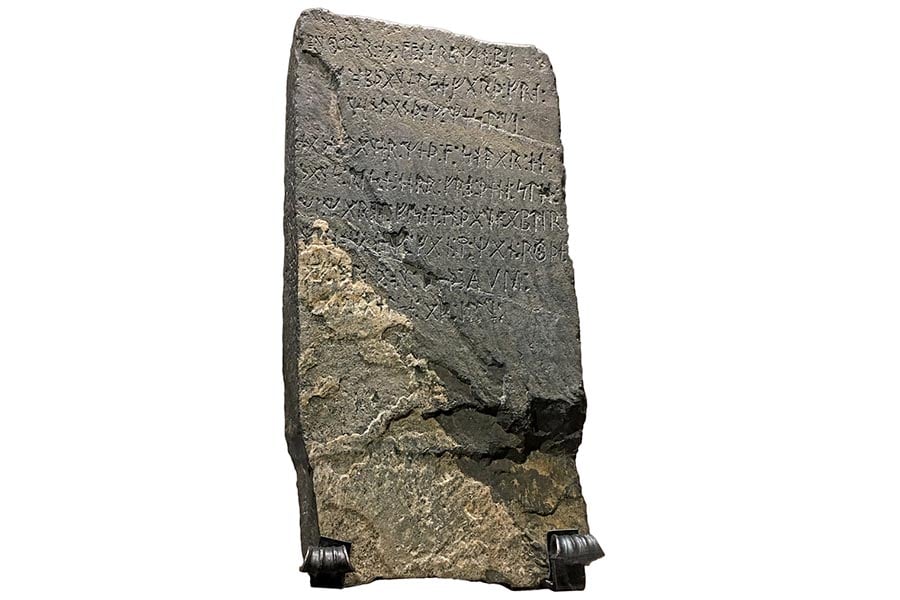
The Missing Ruby Slippers
Minnesota is also home to a recent Hollywood-esque crime caper that garnered worldwide attention. In August 2005, the iconic “Wizard of Oz” ruby slippers were on display at the Judy Garland Museum in Grand Rapids when they were stolen in the middle of the night. The slippers, on loan from a private collector, were one of only four pairs that Garland wore while filming the movie. The shoes were insured for $1 million and worth between $2 million and $3 million when they were stolen, according to John Kelsch, executive director of the Judy Garland Museum.
In the years following the crime, investigators followed many leads but didn’t make significant progress in finding the ruby slippers. Then, according to the Associated Press, a man approached the ruby slippers’ insurance company in the summer of 2017 and said he could help get them back. After a yearlong investigation, the slippers were recovered in July of 2018 during a sting operation in Minneapolis. After they were recovered, the FBI brought the ruby slippers to the Smithsonian’s National Museum of American History to authenticate the shoes by comparing them to the pair in the museum’s collection. Still, even now, no one knows who stole them or where they had been for 13 years.
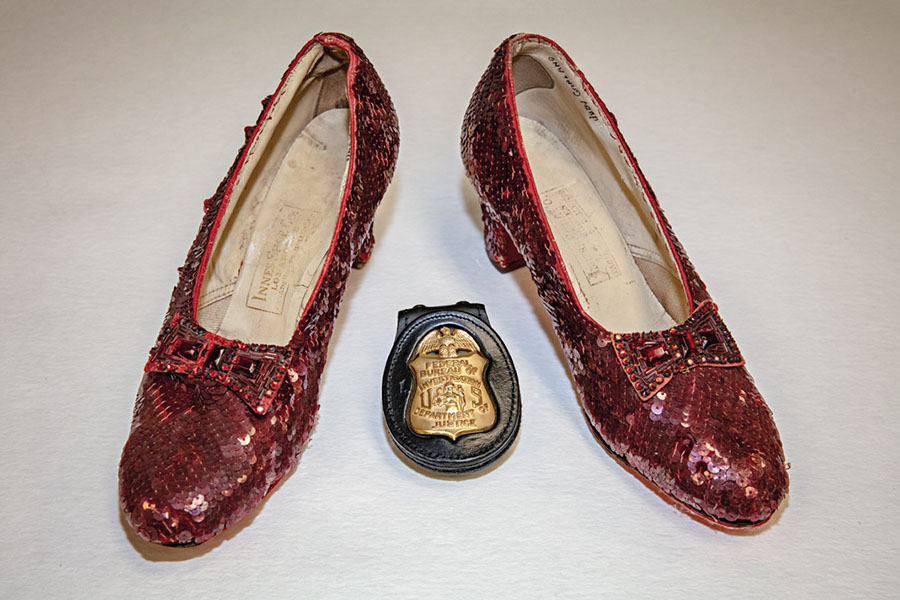
Devil’s Kettle Waterfall
Minnesota also has some interesting geological phenomena, including one that had stumped folks up north for years. On the Brule River, located about 15 miles east of Grand Marais, is the Devil’s Kettle waterfall. The waterfall, located in Judge C.R. Magney State Park, is unique because while half of the water from the Brule River tumbles off the rocks and continues downstream, the other half spills into a large natural pothole in the rock and disappears deep into the earth.
So where does all the water go? Over the years, scientists and curious park visitors have tried dropping buoyant items in the hole to determine where they emerged downriver. These items would never be found, fueling the wonder and mystery of the Devil’s Kettle waterfall until 2016 when DNR hydrologists tested the water flow volume above and below the falls. They concluded that the vanishing water resurges somewhere in the stream just below the falls. Although the mystery was solved, the illusion of water disappearing into the rock formation still makes Devil’s Kettle waterfall one of our most interesting geological places to visit in our state.
Minnesota World Records
Minnesota is home to many breakthrough discoveries, inventions and historic firsts, but here are some of the more trivial yet fun world records we hold, courtesy of Guinness World Records:
- Longest Ice Hockey Pass: 904.33 feet
- Tallest Ice Building: 166 feet 8 inches
- Fastest Time to Solve Rubik’s Cube Using Feet: 16.96 seconds
- Highest Pizza Toss: 21 feet 5 inches
- Largest Pillow Fight: 7,681 people
- Largest Carrot: 22.44 pounds
- Most People Carrying Water Jugs on their Heads: 1,145 people
- Largest Collection of Cow-Related Items: 15,144 items
- Longest Distance Walking Backwards in 24 Hours: 95.4 miles
- Largest Gathering of People Dressed as Characters from “The Wizard of Oz”: 1,093 people
- Largest Number of Layers in a Layer Cake: 260 layers
- Largest Paper Ball: 426 pounds
- Longest Applause: 2 hours 32 seconds
- Most People Treading Water at the Same Time: 469 people
- Largest Gathering of People Dressed as Zombies: 15,458 people
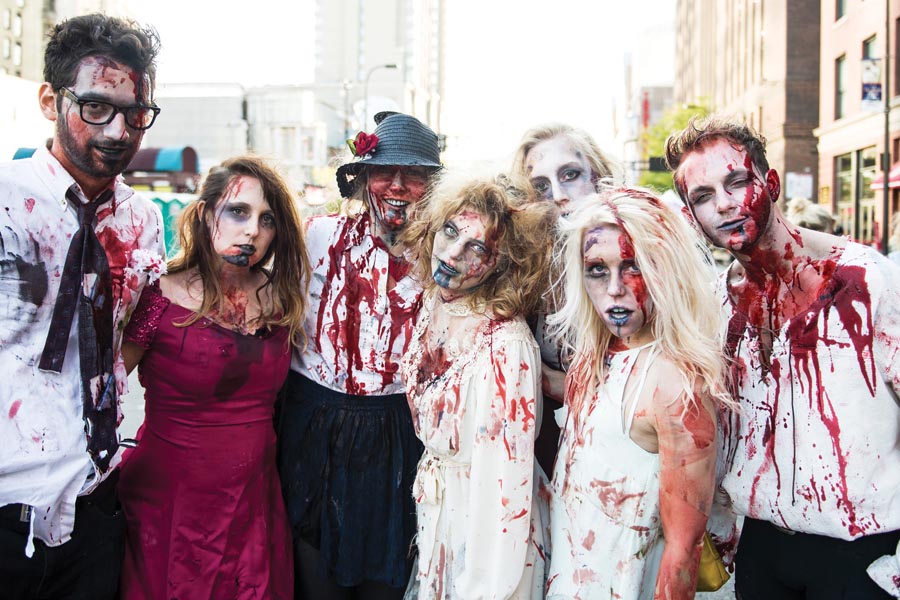
If you have any other interesting facts or stories to share about Minnesota, please send your submission, full name and source if applicable to Communications@AAAMinneapolis.com.





